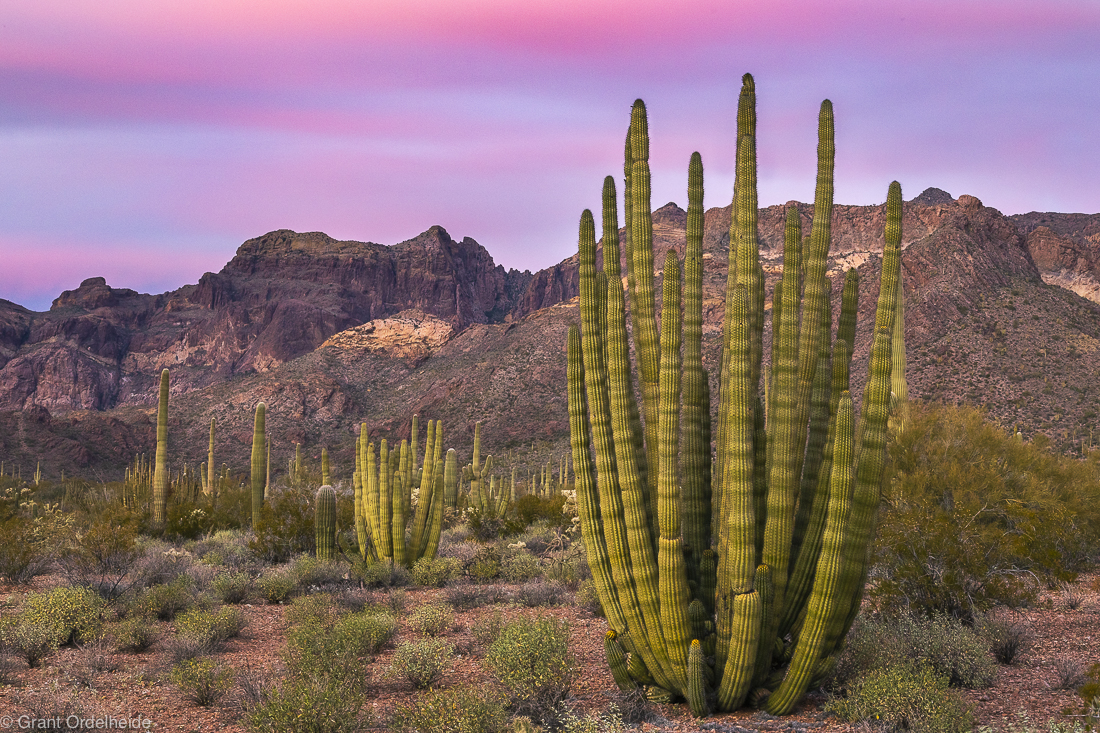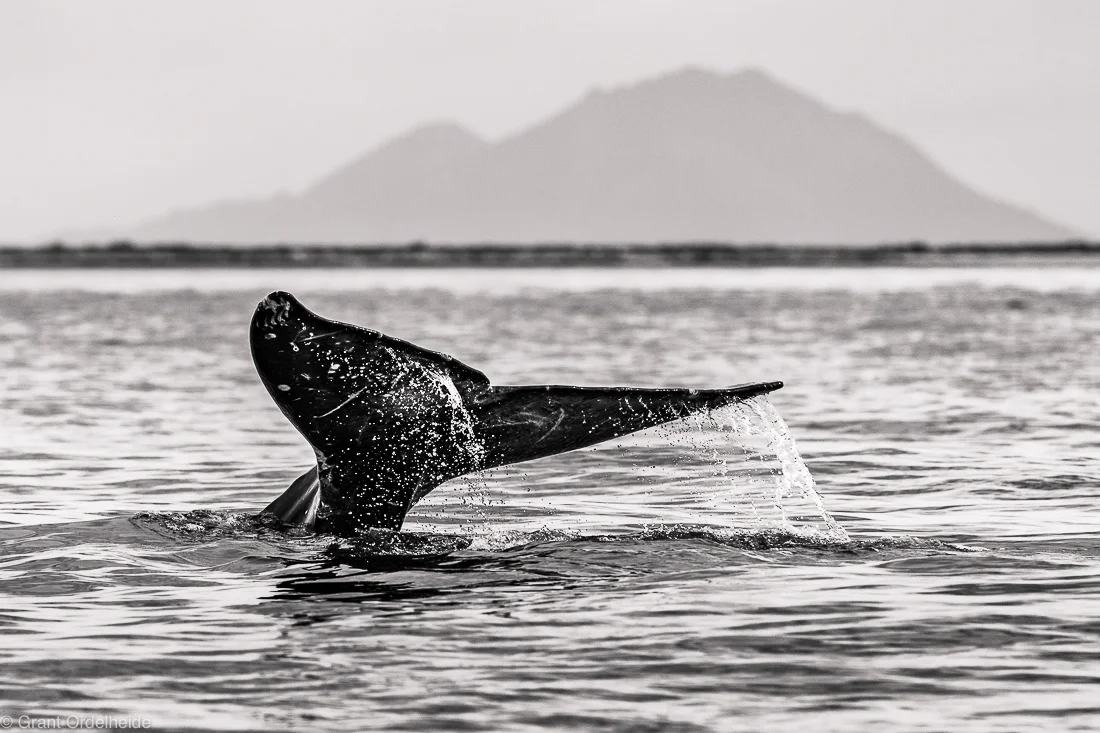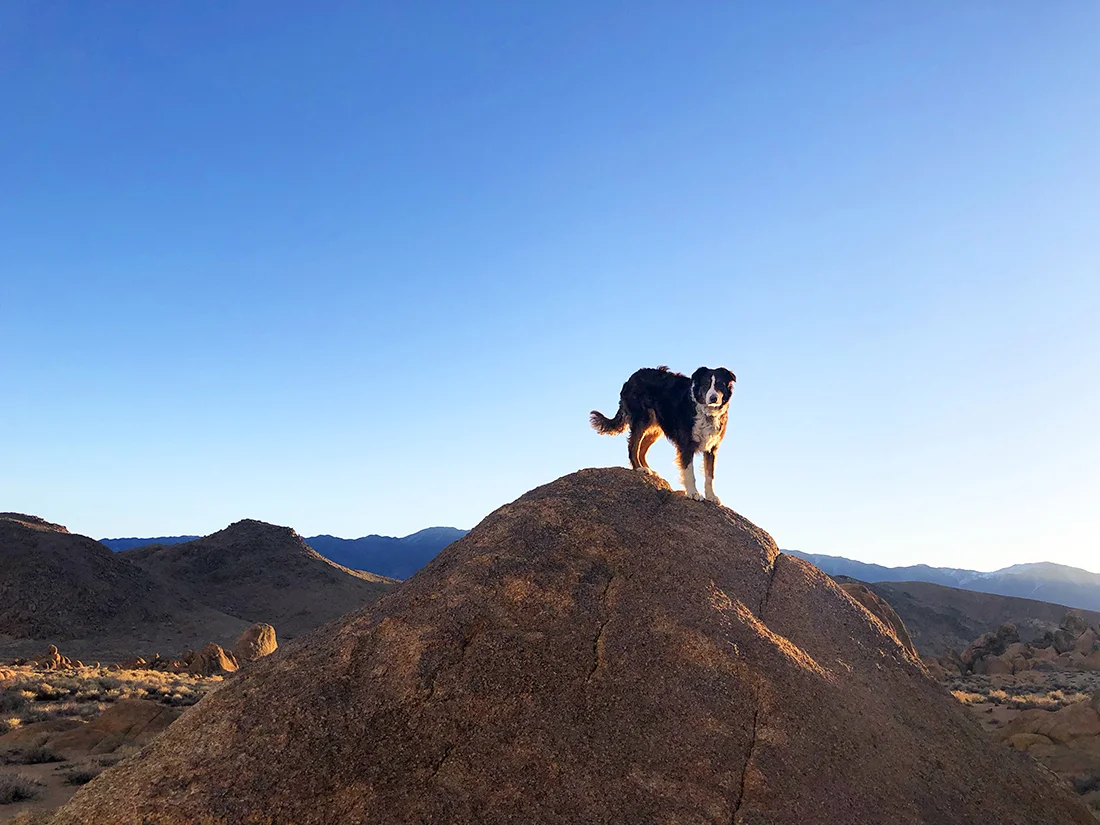Life Lessons From a Cactus
Since October, we have visited a wide variety of environments. We have driven to the colorful maples and birch trees in upstate New York, the rolling hills of Tennessee, the sandy beaches in the Carolinas, the natural springs in Florida, the sandstone of Utah and much more. Over the past month, we have been exploring a new type of terrain, the Sonoran Desert in southern Arizona.
When we arrived, Grant warned Lhotse and I about the desert. “Now remember, everything in the desert is sharp.” Ironically, Grant was the only one who was cut or stabbed by multiple cacti but I digress. I guess he is an experimental learner. Exploring the desert, I have learned a significant amount of information about the different species and grew a new appreciation for this ecosystem. Here are a few things I learned.
The creosote (CREE-oh-sote) bush is one of the most drought-tolerant plants that can survive without water for two years before dying. The bush’s leaves have a waxy coating and grey fuzzy balls that resemble water droplets, allowing it to absorb and hold water when the soil is too dry for most species. Not only does the creosote bush know how to protect itself, it provides seeds for jackrabbits, nesting sites for kangaroo rats, and shelter for many cactus species.
The saguaro (sa-WAH-row) is the tallest and largest cactus in the desert. It’s growth is dependent on location, rainfall, and the animals of the desert. With sufficient rainfall, the cactus will develop flowers at around 65 years old and arms at 90 years old. Just as the saguaro is dependent on species of the desert, animals rely on it for survival. Flowers first appear around May and June producing a nectar that attracts pollinators. In July, the fruit ripens allowing animals to devour the delicious red fruits. As they eat the fruits, the animals spread the saguaro seeds just in time for monsoon season allowing the chance for new growth.
Rare in North America, the organ pipe cactus grows best with little vegetation surrounding them. They crave the sun’s heat and are usually located on rocky hillsides. At night, the rocks emit heat, preventing the cactus from freezing. The organ pipe also produces flowers that only open up at night to minimize the loss of water. Long-nosed bats migrate from Mexico to feast on the nectar and spread the seeds to facilitate growth.
More common are the prickly pear cacti. April through June flowers bloom along the flat pads of the cactus. The flowers and pads are beneficial to humans for making salads or bittersweet jellies. The javelina and tortoise also heavily rely on these cacti to survive in the desert (though its unclear if they make salads or jellies out of them). These cacti have adapted to the extreme heats of the desert by keeping their pads straight up preventing sunburns.
Even though the teddy bear cholla appears to be cuddly and fuzzy, do not be deceived. The tiny hook spines will attach to anything and everything that gets too close. Even those these spines are a painful nuisance to most, they create shade for itself to reduce its exposure to sun. Packrats utilize the cholla joints to build protective nest.
Spending time in the desert and admiring these beautiful species, it wasn’t hard to learn a few lessons from the cacti. First, don’t judge purely on the outward appearance. Second, take only what you need. Third, by relying on others, you can survive the harshest conditions. Fourth, a part of you is always needed. And lastly, never forget to protect yourself.
Being in nature truly reminds me what really matters. It continues to teach life lessons that otherwise I would never experience. Let’s all appreciate the magnificent beautify of nature and learn from the cacti!











